WatchDog
UX/UI
Helping intellectually disabled users detect and monitor their epilepsy
Timeline
10 Weeks
Organization
Epilepsy Foundation of America
Role
Product Researcher &
Designer
Team
Solo Project
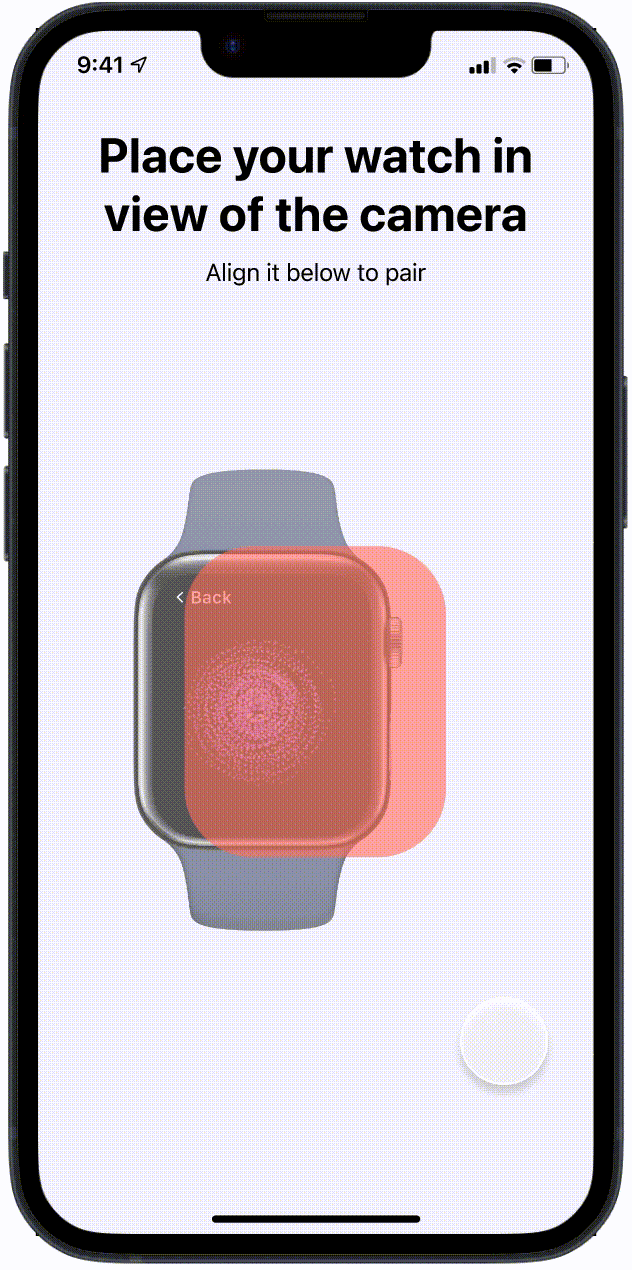
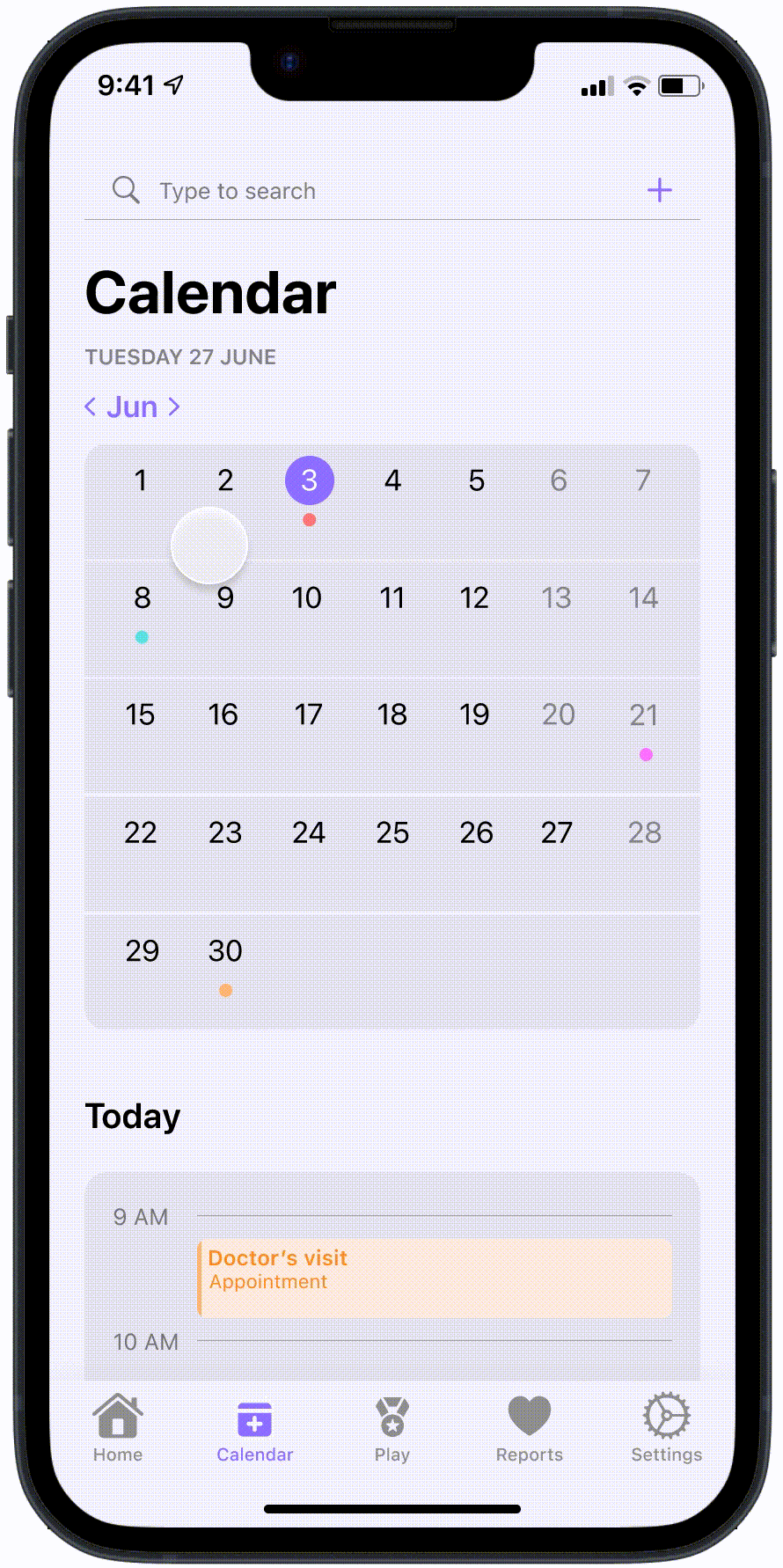
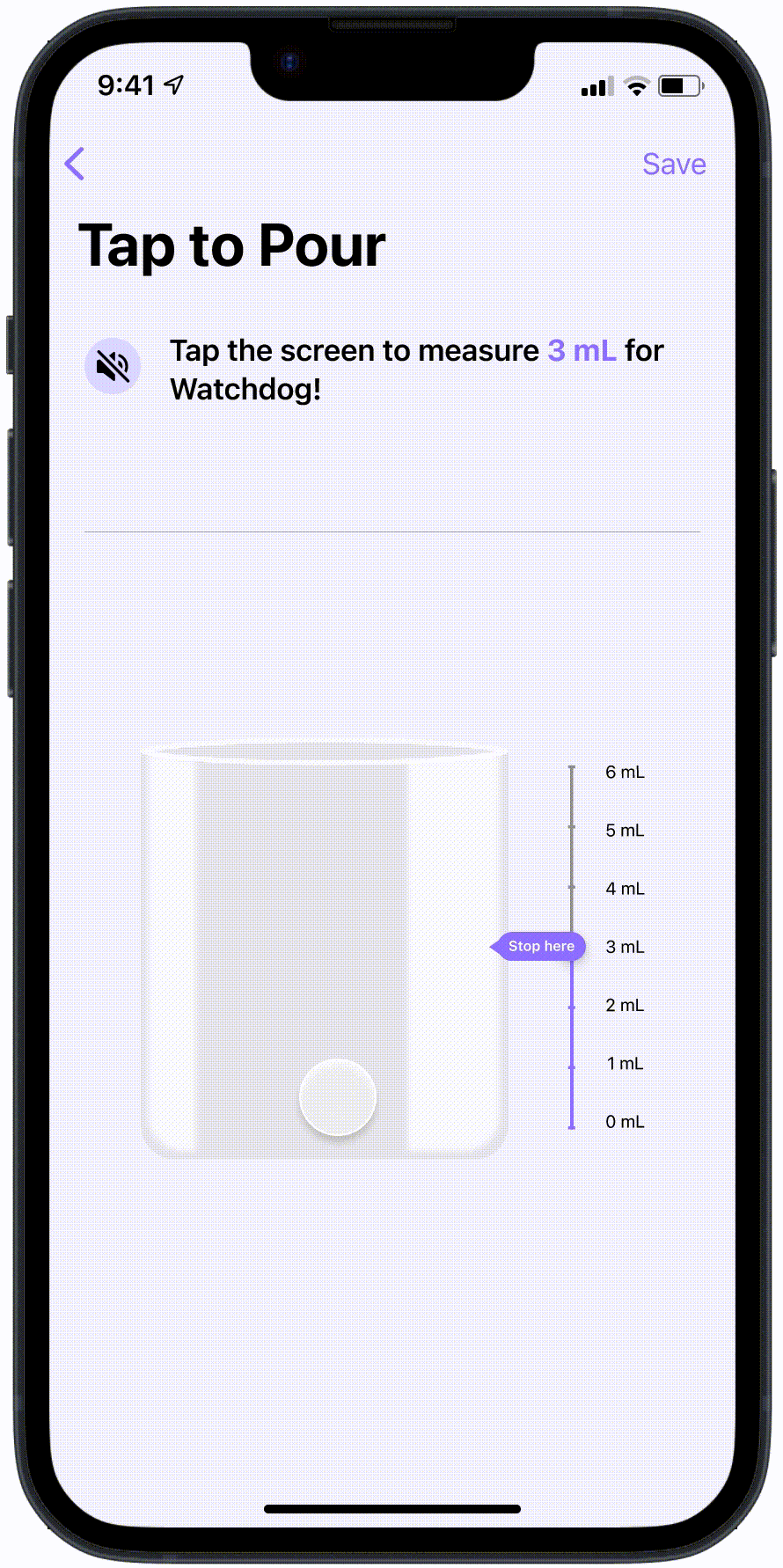
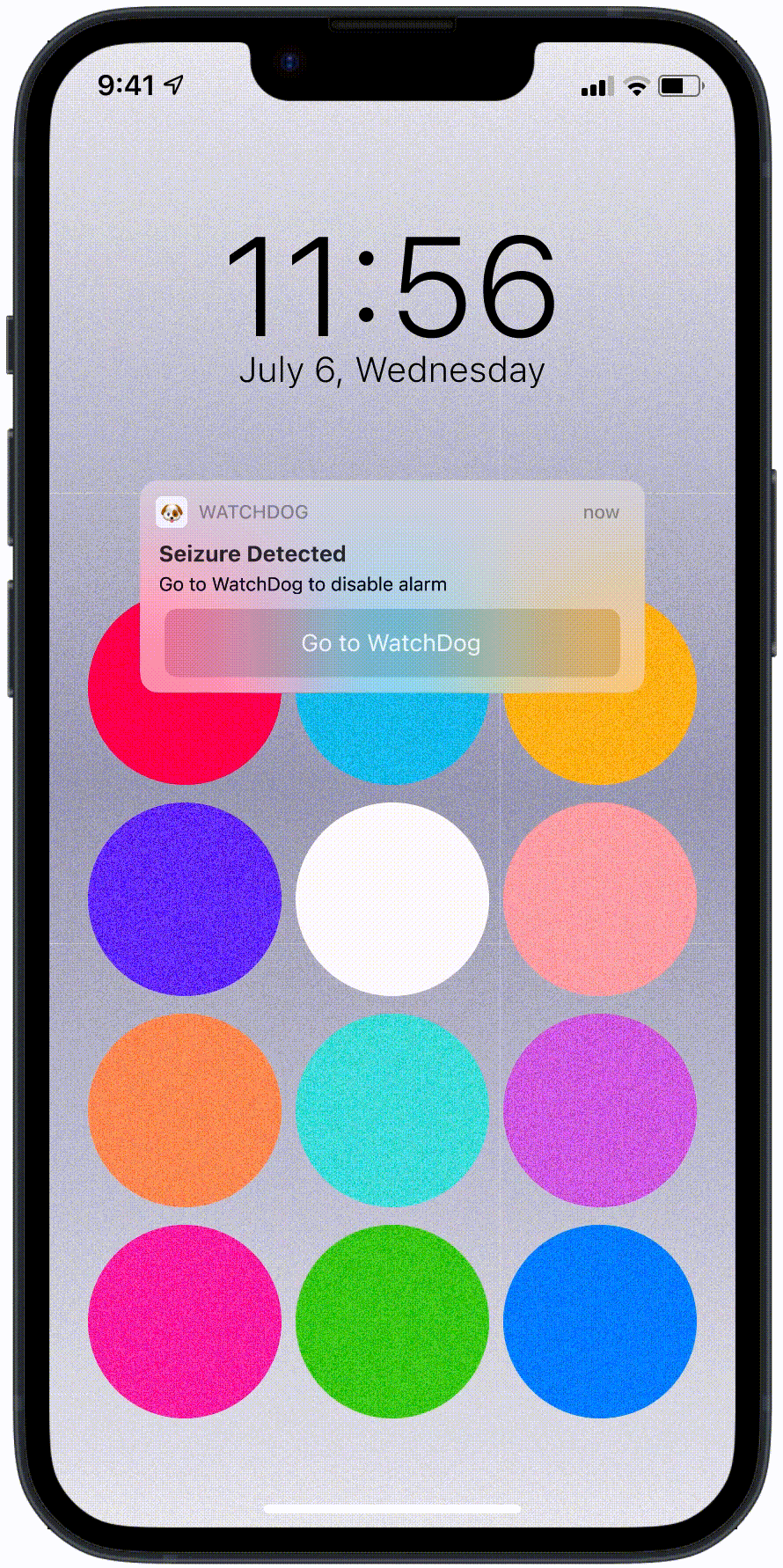
Approximately 20% of people with epilepsy are users with an intellectual disability. However, the majority of epilepsy-based products such as seizure alert watches and monitoring apps cater to adults without ID.
How can we help children and ID people with epilepsy better understand and monitor their condition and become more independent in their self-care?
Watchdog is an app that helps intellectually disabled users with epilepsy manage their condition by monitoring and teaching users necessary seizure prevention tasks.
The application is also paired with a seizure alert watch, which alerts parents (and emergency staff) whenever seizures occur and documents relevant medical information.
1/7 White paper research
There are many standard health practices that help
epileptic users manage and monitor their seizures, such as
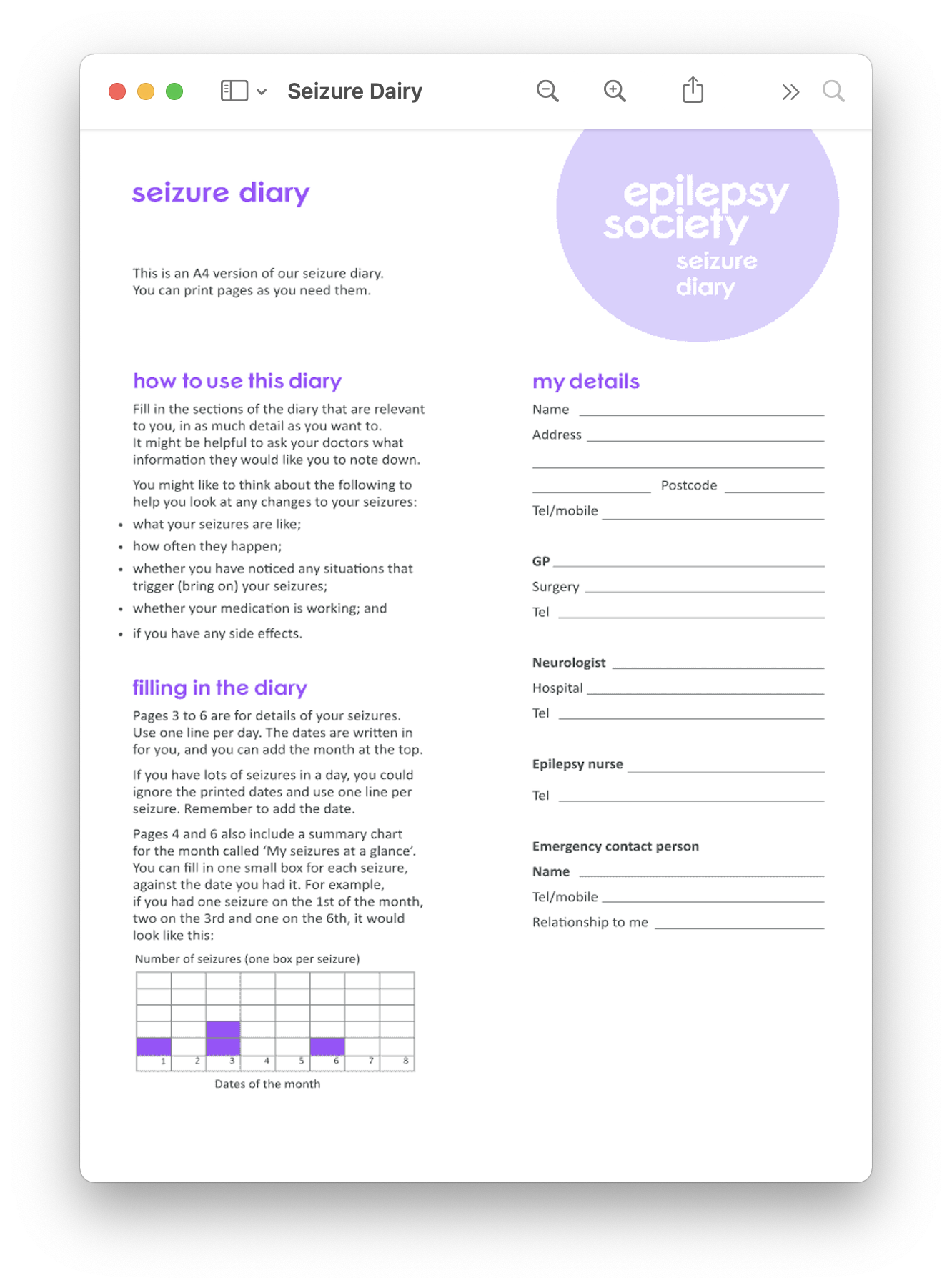
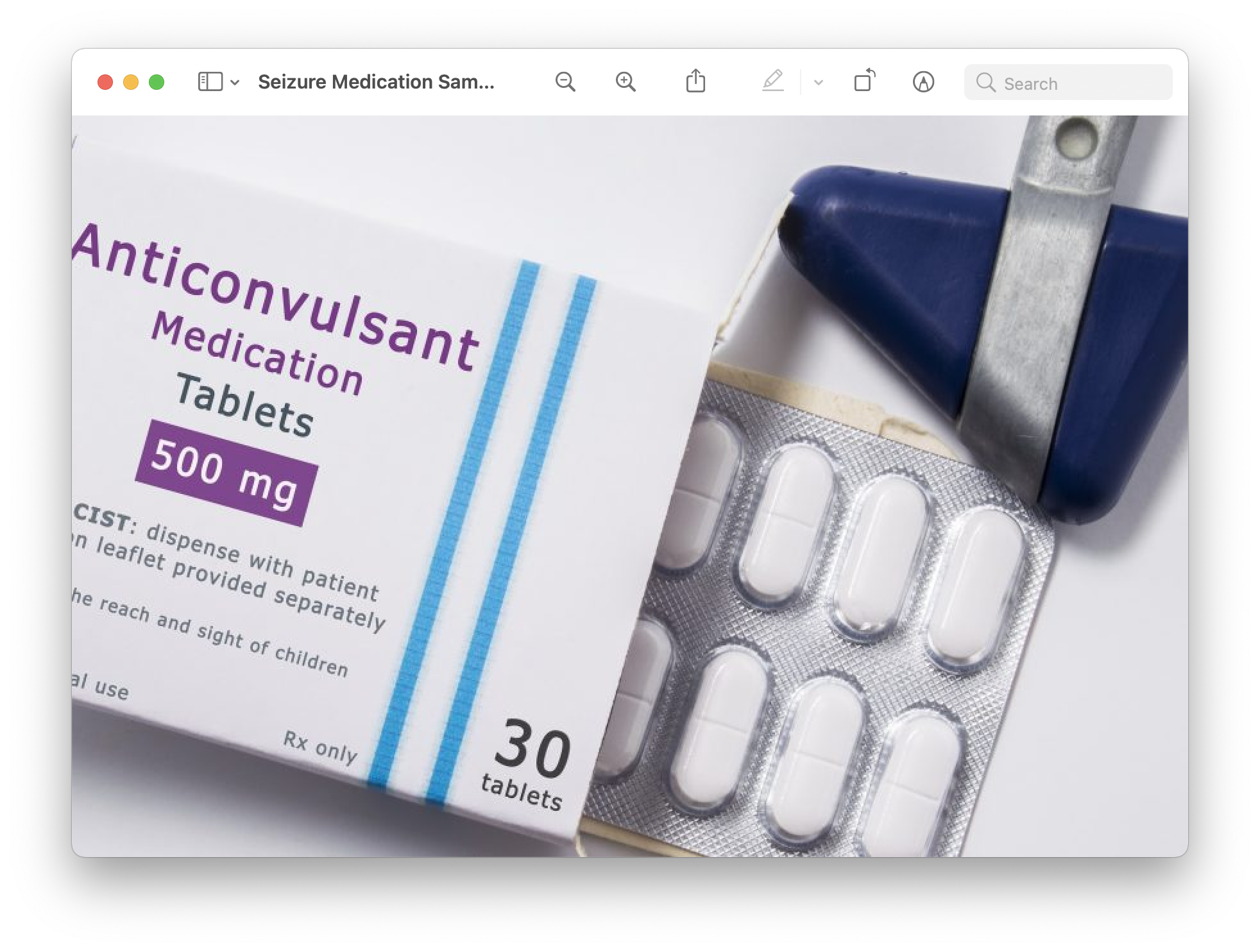
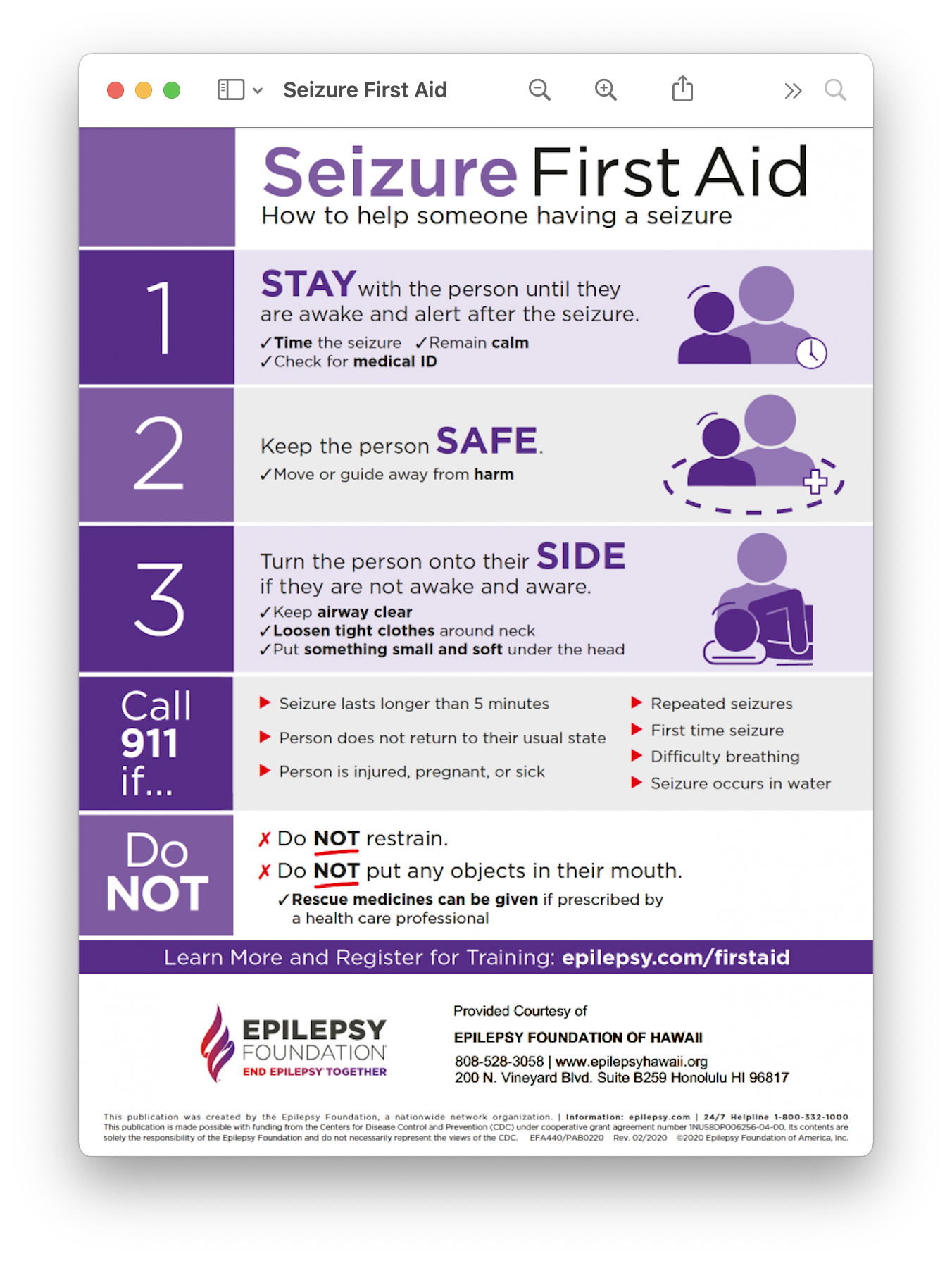
2/7 Competitive analysisFew apps account for how epileptic treatment can
Few apps account for how epileptic treatment can
differ for ID patients
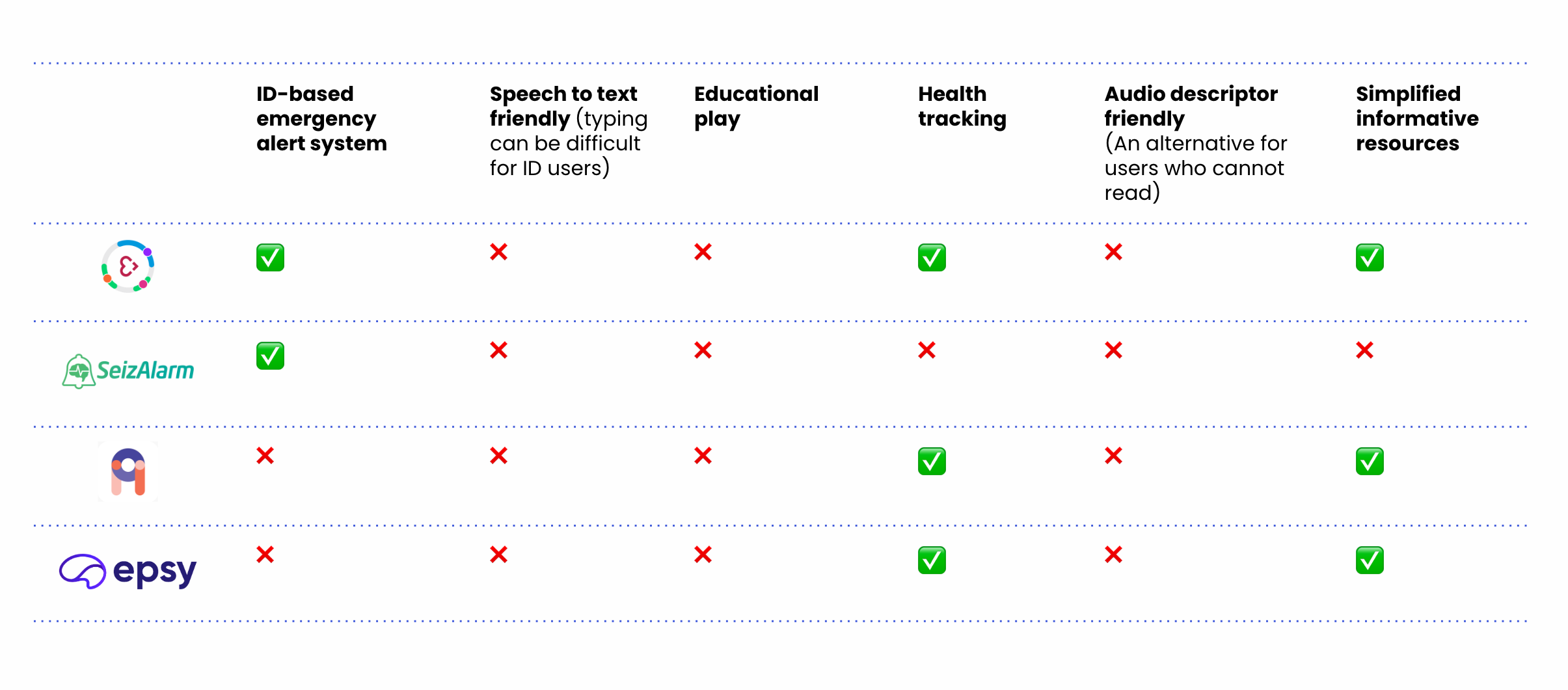
3/7 Interviews with two parents of an epileptic ID child
Seizure applications are often inaccessible to ID
epileptic patients, with main struggles being
📖
Reading “[My child] can read basic words, but not full sentences.”
Reading “[My child] can read basic words, but not full sentences.”
⌨️
Typing“Most of their [intellectually disabled] classmates also know how to type, but it takes them a while.”
Typing“Most of their [intellectually disabled] classmates also know how to type, but it takes them a while.”
🧠
“She can figure out how to use most kid’s apps, but has trouble understanding the medical stuff.”
Understanding
4/7 Information architecture
Taking into account formative connections between our watch and app
6/7 System design
WCAG compliant typography, colors, and components
6/7 Testing feedback
Participant walkthroughs of the early prototype resulted
in key changes
“Accesability options are kind of unclear, I’m not sure what the difference is between a lot of them.”
“The calendar can’t just be centered around alerts for seizure occurrences - for example,
I’d need to be able to schedule daily medicine reminders.”
How it works
Onboarding
Caretakers connect their child’s seizure alert watch and input their medical details

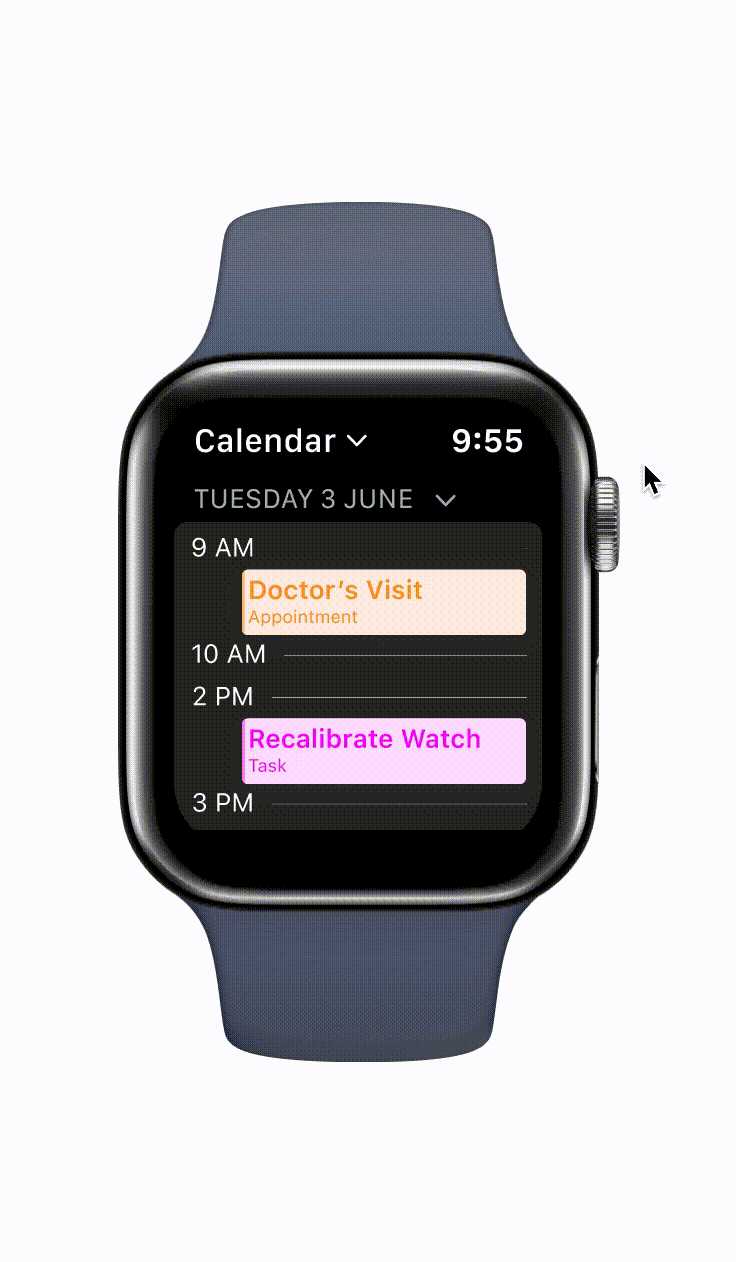
Educational play
ID users learn skills to better manage and understand their epilepsy through play


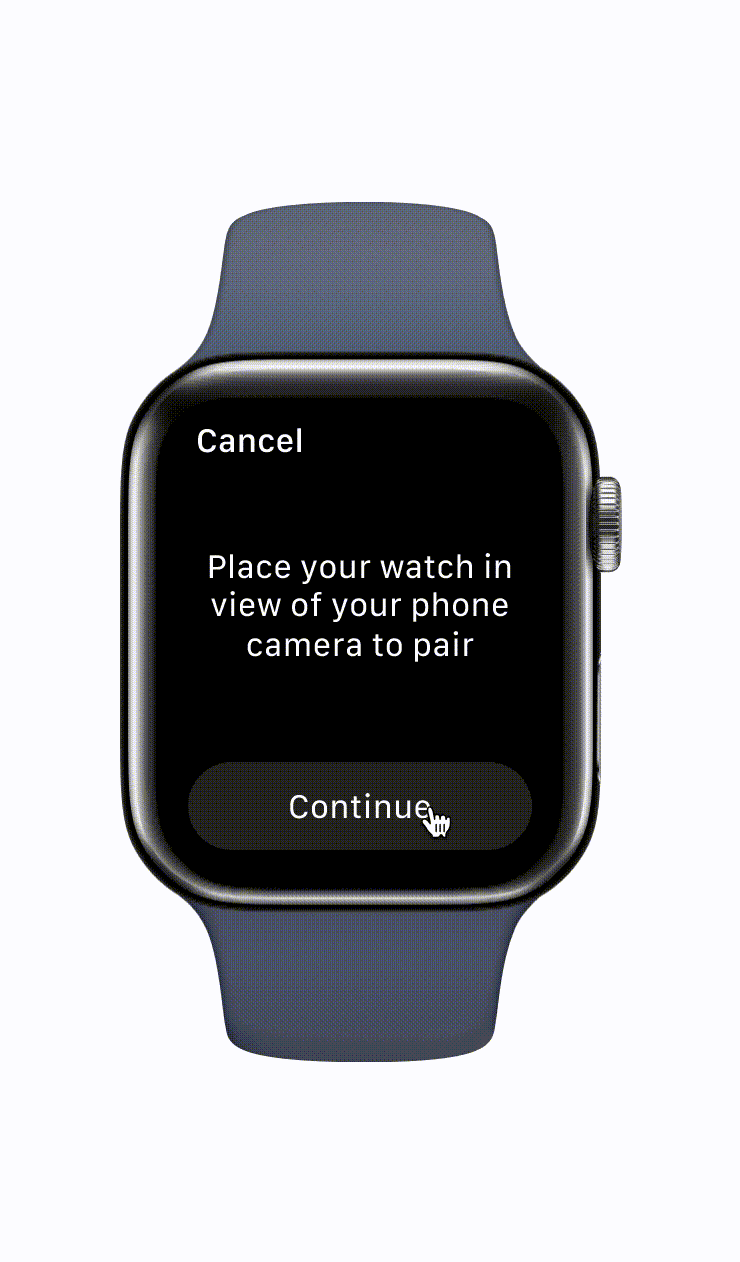

Preventative care
Through WatchDog, users can create medical reminders that pair with relevant educational games for their child


Emergency detection
If a seizure is occuring, WatchDog will send an alert to the child’s caretaker and begin an emergency walkthrough
Bonus
Figma goodness & considerations for engineering handoffs
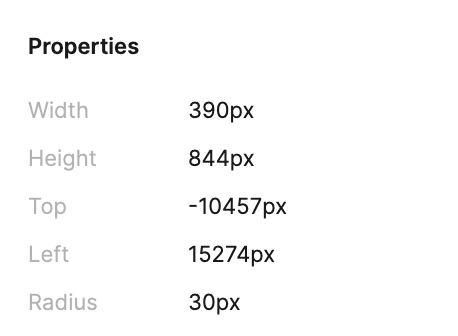
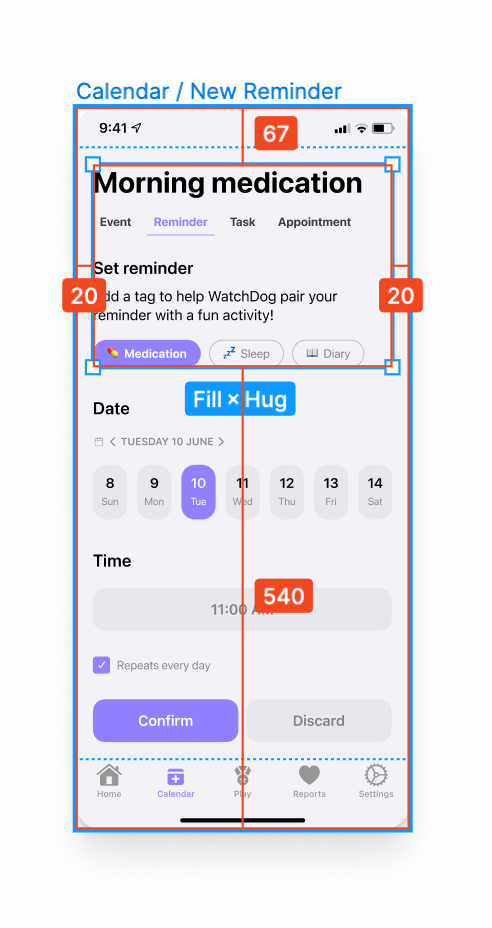
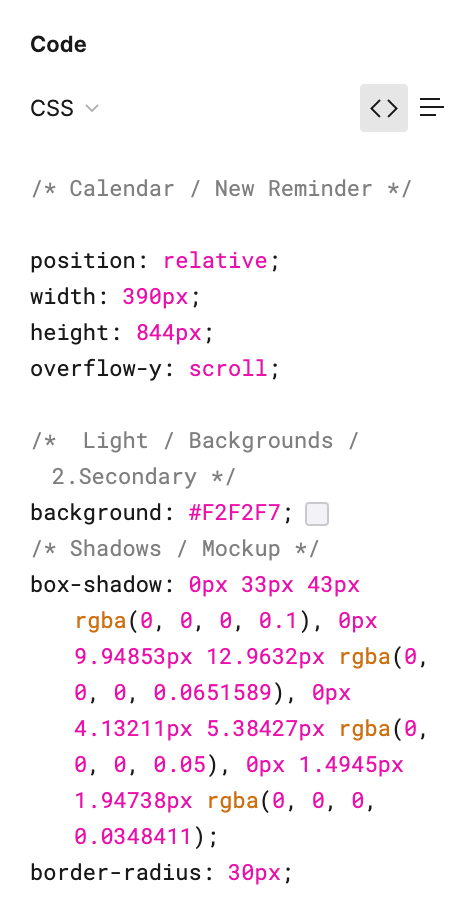

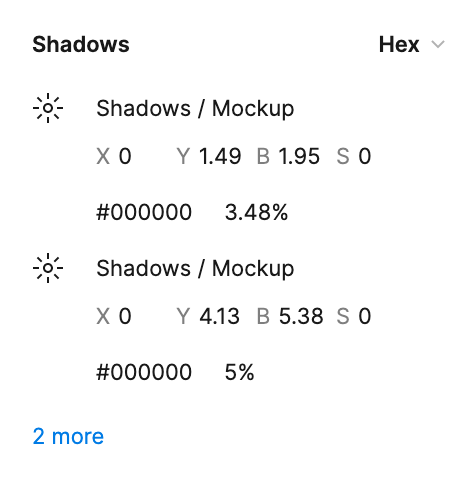
Citations
Centers for Disease Control and Prevention. (2022, January 2). Seizure first aid. Centers for Disease Control and Prevention. Retrieved May 2, 2023, from https://www.cdc.gov/epilepsy/about/first-aid.htm
Cognitive disability and epilepsy. Epilepsy Foundation. (n.d.). Retrieved May 2, 2023, from https://epilepsyfoundation.org.au/managing-epilepsy/cognitive-disability-and-epilepsy/
Epilepsy in people with intellectual disability. (2004). Epilepsy in Children, 2E, 305–313. https://doi.org/10.1201/b13560-45
Shankar, R., Rowe, C., Van Hoorn, A., Henley, W., Laugharne, R., Cox, D., Pande, R., Roy, A., & Sander, J. W. (2018). Under representation of people with epilepsy and intellectual disability in Research. PLOS ONE, 13(6). https://doi.org/10.1371/journal.pone.0198261
Cognitive disability and epilepsy. Epilepsy Foundation. (n.d.). Retrieved May 2, 2023, from https://epilepsyfoundation.org.au/managing-epilepsy/cognitive-disability-and-epilepsy/
Epilepsy in people with intellectual disability. (2004). Epilepsy in Children, 2E, 305–313. https://doi.org/10.1201/b13560-45
Shankar, R., Rowe, C., Van Hoorn, A., Henley, W., Laugharne, R., Cox, D., Pande, R., Roy, A., & Sander, J. W. (2018). Under representation of people with epilepsy and intellectual disability in Research. PLOS ONE, 13(6). https://doi.org/10.1371/journal.pone.0198261
